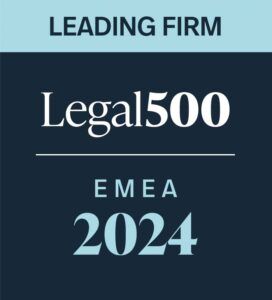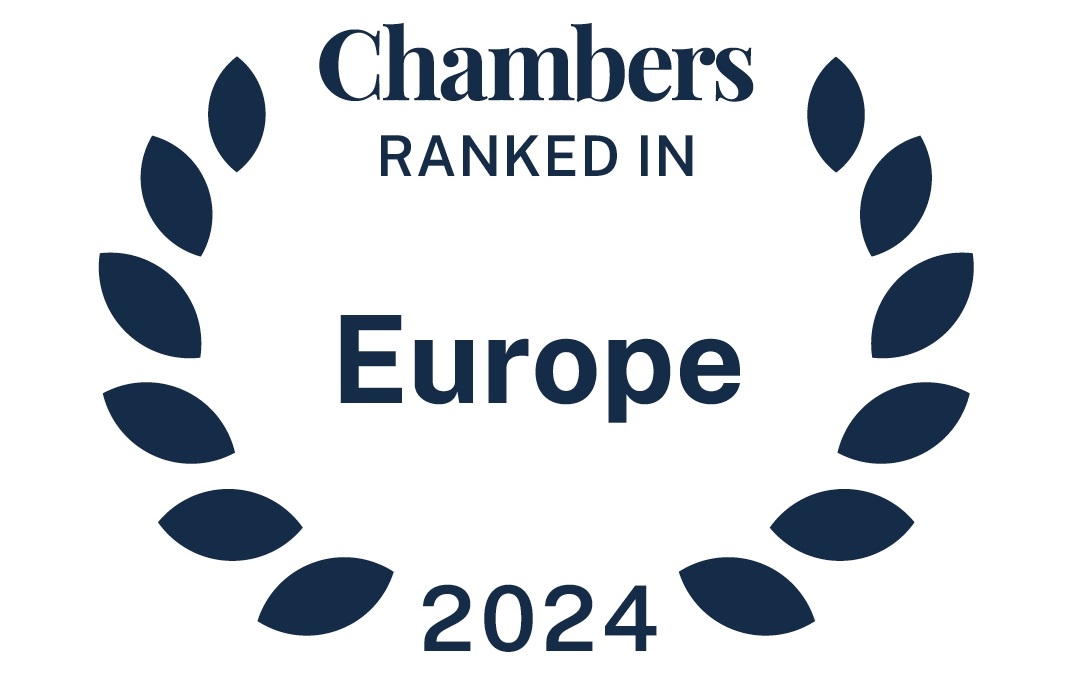Under the German Foreign Investment Control regime, the Government may review foreign investments in domestic target companies above certain thresholds. The Government has only recently published interesting statistics about the development of German investment screening over the past three years (available in German only). These statistics show that foreign investments across all industries have come under heavy scrutiny by the Government. Therefore, it has become indispensable for foreign investors to review potential FDI filing obligations or consider a voluntary FDI filing during legal due diligence, regardless of the investor’s place of origin, the size of the domestic target business or the industry affected by the contemplated investment.
The following is a summary of the most relevant statistics:
Case Numbers: An average annual number of around 290 transactions were notified over the past three years. 260 notifications in 2023 are slightly below this average but probably a sign of the overall slow-down of economics and deal-making pace during that year.
Affected Industries: Notifications were made across all industries, with only 14% pertaining to the military sector (which had been the starting point of the German FDI regime back in 2002). Most investments notified in 2023 related to the information and communication technology, health/biotech, energy and engineering sectors.
Origin of Foreign Investors: Most of the investments notified over the last three years were made by US-based investors, followed by investors from the United Kingdom (incl. Channel Islands) and China. Other relevant countries of origin included Japan, the United Arab Emirates and Canada.
Phase 1 and 2 Reviews: The Government has two months to review a notified transaction and to issue a clearance certificate (phase I). In the event of remaining queries or concerns, it may initiate formal investigation proceedings, which may take several months or in certain circumstances even longer (phase II). In around 80-90% of cases, the Government issues a clearance decision in phase I. The remaining cases are typically cleared at an early stage of phase II, while only few cases are still undergoing a review over (at least) several months.
A very small portion of cases result in restrictive or prohibitive measures. Over the past three years, these were around 4% of all notified investments. In 2023, examples include cases in the semi-conductor, aviation/aerospace and health sectors.





